Modern Wargaming: Conflict In The Ukraine Part Three – Escalation
November 9, 2015 by crew
We embark on Part Three of our continuing article series on modern wargaming, specifically the recent conflict in the Ukraine. In Part One, we discussed “current-conflict” gaming and took a quick look at the context of the 2014-2015 war in the Ukraine. Part Two took a more detailed, tactical look at the conflict’s early engagements.
Now we move into the middle phase of the conflict, where fighting continued through the winter of 2014-2015 despite the agreements of the Minsk Protocol (implemented September 5th, 2014). We’ll discuss how the conflict escalated as foreign involvement became more overt, and how these influences affected continuing engagements.
DONETSK INTERNATIONAL (October 2nd, 2014)
As discussed at the end of the Part Two, the Minsk Protocol failed to even slow down the fighting in the eastern Ukraine. In fact, certain areas of the warzone saw the combat intensify further. One of the worst areas was an old battlefield, the Donetsk International Airport.
Donetsk, of course, was the capital of the Donetsk People’s Republic (DPR), larger of the two rebel states trying to break away from Ukraine. Yet right on the outskirts of the rebel capital, government troops had maintained control of the sprawling airport since seizing it in May, 2014 (see Part One of our series).
Four months later, the separatists were back, this time with help. Whether or not Russian soldiers actually took part in the battle is, for some, an open question. But, Russian aid seems to be beyond dispute. BM-21 “Grad” rocket launchers, modern APCs, and especially T-72B1 main battle tanks; stark evidence lays in the wreckage on the field.
This is important because without heavy support, it’s doubtful the DPR could even have contemplated an assault on the airport. Just as no amount of arrows ever made can knock down a castle, no amount of AK assault rifles could ever storm this airport. Only with heavier, military-grade artillery does such an attack become feasible.
For the separatists, the first step in re-taking the airport would be clearing government troops from the surrounding neighbourhoods, especially to the south. These included the Kyivs’kyi District of Donetsk (ironically named for Kiev, the capital of the Ukraine).
Fighting in these approaches to the airport started as early as September 29th and our next engagement takes a look at one of these initial clashes. As outlined in these photographs from our table, we used Force on Force to see how tanks could support a militia-based drive into the outskirts of a modern city.
Frankly, we had some difficulty. In addition to the AT-5 antitank missile’s minimum range (see the photos), separatist infantry could also clear many Ukrainian RPG teams before they could get flank or rear shots on the T-72. Typically, these are the only shots with which an RPG has any hope of hurting a modern tank.
Yet our game table doesn't have basements, indoor rooms, sewers, or truly hidden movement. So, was the T-72 unrealistically safe? Did the Ukrainian tank hunters never have a chance at getting a proper angle on their quarry? The cardinal rule is: “never send tanks into cities.” Yet here the separatists seemed to be getting away with it.
THE AIRPORT FALLS (January 21st, 2015)
Study enough military history and you’ll find that almost every war has its “Stalingrad.” In Normandy it was Caen and St. Lo. In World War I it was Verdun, in Vietnam it was Hue City. Here in the Ukrainian Conflict, it was Donetsk International Airport.
While the First Battle of Donetsk Airport lasted just one “blitzkrieg” day in May 2014, the second battle lasted from September 29th all the way to January 21th, 2015. Having surrounded the government troops inside the airport, separatists then subjected them to a withering siege lasting almost four months.
Built during the Cold War and recently modernized with a new terminal, the Donetz International Airport was a gargantuan complex. Covering some fifteen square kilometres, it included huge terminals, tunnels, bunkers, even entrances to nearby mines and the Donetsk sewer system.
The airport was also well-defended. Some sources place elements of three Ukrainian Army brigades (95th Airmobile, 75th, and 93rd Mechanized) in the battle, plus volunteer militia. Ukrainian media was soon calling their soldiers “cyborgs” or “Terminators,” a testament to their indestructible resilience.
These men, however, were not “terminators.” With every building in the airport gutted by fire, rockets, and artillery, they were steadily pushed back into a single terminal. Fighting continued, floor by floor and room by room. The wounded could not be helped, and calls for reinforcement, supply, or evacuation went unanswered.
The hammer finally fell on January 21st. Cut off, starving, out of ammunition, and mostly wounded, the last surviving Ukrainians were overrun by a final separatist assault. About 400 Ukrainians had been killed, over a thousand wounded, and the rest captured. The Second Battle of Donetsk International Airport was finally over.
DEBALTSEVE (February 17th, 2015)
This was only one of several Ukrainian setbacks during the winter of 2014-15. With their hands intermittently tied by a series of failed ceasefires, and facing separatist rebels with ever-growing Russian support, Ukrainian Army and militia fighters faced an uphill struggle.
Another such setback was the collapse of the wedge that Ukrainian forces had driven between Donetsk and Luhansk back in the summer of 2014. One of the key battles in the resurgent separatist drive was the Battle of Debaltseve, fought in January and February of 2015.
At least one source has dubbed Debaltseve “The Shame of the Generals” – probably because once again nearly 6,000 Ukrainian troops found themselves in a pocket, surrounded by Russian-backed separatists. These rebels pushed into Debaltseve itself on February 17th, which is the engagement we’ve recreated here.
After weeks of hard fighting and ceaseless shelling, the Ukrainian position had become untenable. Haunted by what had happened in the “Ilovaisk Cauldron” (see part two), Ukrainian leaders finally managed to get most of their troops out, mostly through farmers’ fields since the main roads had all been cut by separatist artillery and armour.
The professionalism of the “rebel” troops again hinted strongly that Russian regulars were now in Ukraine, actively fighting government forces. Many of these “little green men” (as they came to be called) were clearly Asian in heritage, suggesting a Siberian division and not “local patriots” as Russian media claimed.
In one incident, “separatist” troops, despite being pinned under devastating Ukrainian artillery fire, did not retreat or break. In fact, they simulated a gun battle with THEMSELVES to cause Ukrainian artillery spotters to mistake some of them for friendly troops. The artillery was lifted just long enough for the “separatists” to escape.
It is interesting to note that pro-Russian civilians in these areas freely admit these are Russian Army troops, who are characterized as “well-behaved” in comparison to DPR militias (sometimes feared even by pro-Russian civilians). In any event, American journalists in Debaltseve noted that much of the city welcomed the separatists as “liberators.”
MINSK II AGREEMENT
One of the worst things about the Battle of Debaltseve was that it raged straight through the implementation of yet another ceasefire agreement, Minsk II. Signed on February 11th 2015, this protocol broke down almost immediately as separatist rebels continued to press their advantage at Debaltseve and elsewhere.
But as winter turned to spring, the Ukrainians were getting international help as well. Military advisors from the UK, Poland, the US, and Canada arrived to help train the rebuilding Ukrainian Army. German Chancellor Angela Merkel pledged 500 million euros in guaranteed credit lines to help in reconstruction. At last, the world was watching.
Needless to say, such support drew a sharp response from the Russian Federation, who still claimed that they “weren’t involved” in the Ukrainian Conflict. Both sides accused the other of escalating the situation, while Ukrainian and separatist forces continued to fight in violation of the Minsk II ceasefire.
In our fourth and final instalment, we’ll look at some of the last battles of the Ukrainian conflict, and pose possible reasons that the fighting has finally (and thankfully) reduced to a fraction of previous levels. Finally, we’ll try and draw some conclusions from the conflict, and how it has shaped the current (and future) state of modern war.
If you would like to write an article for Beasts of War then please contact me at [email protected] for more information!
"The cardinal rule is: “never send tanks into cities.” Yet here the separatists seemed to be getting away with it..."
Supported by (Turn Off)
Supported by (Turn Off)
"...they simulated a gun battle with THEMSELVES to cause Ukrainian artillery spotters to mistake some of them for friendly troops. The artillery was lifted just long enough for the “separatists” to escape"
Supported by (Turn Off)
































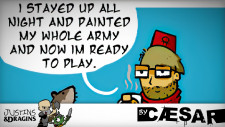
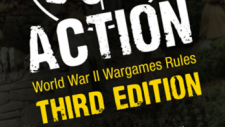





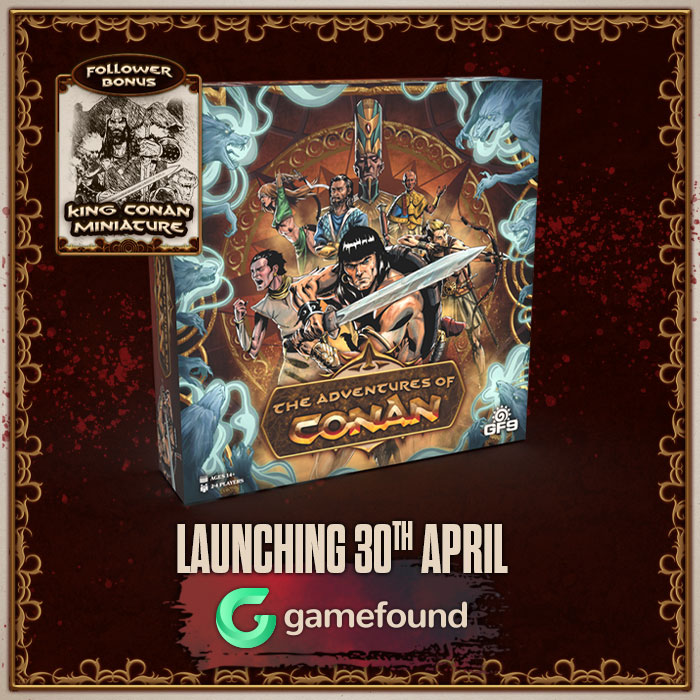

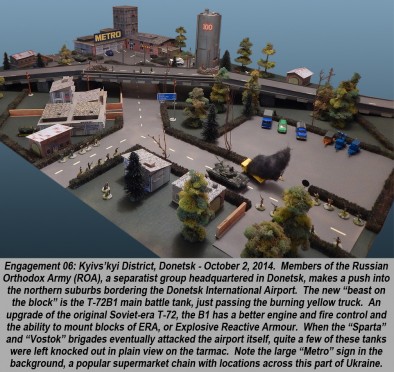
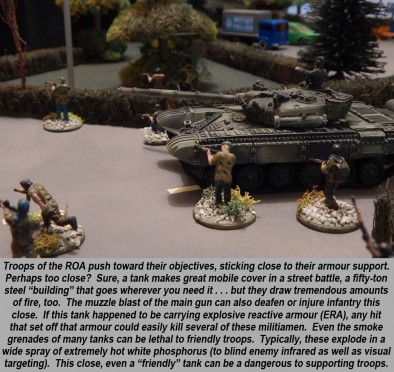
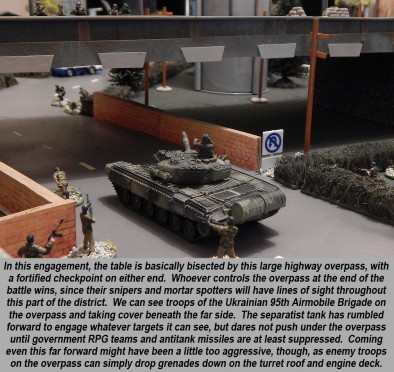
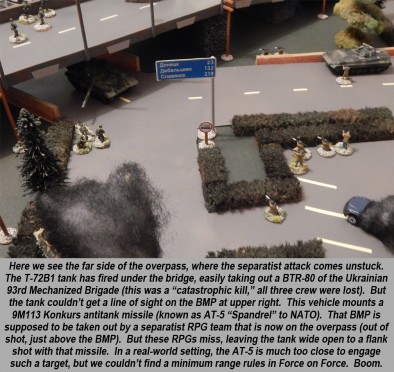
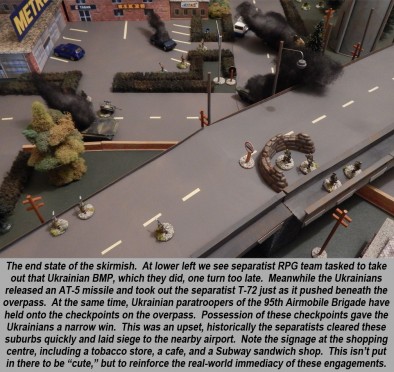
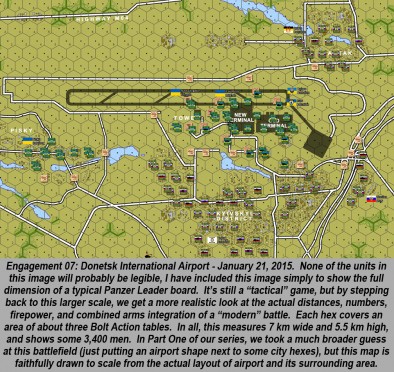
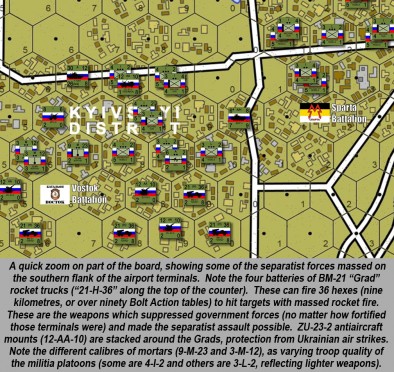
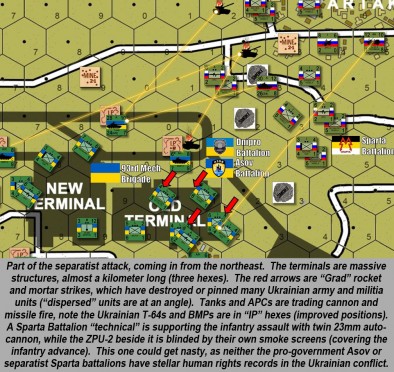
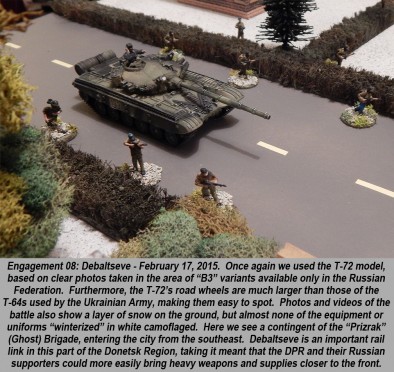
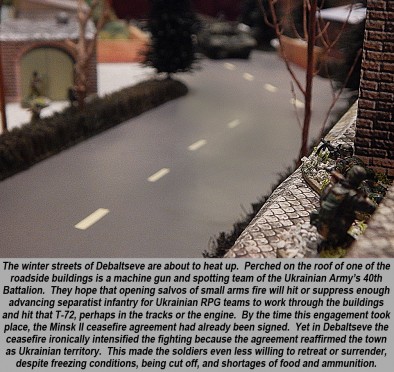
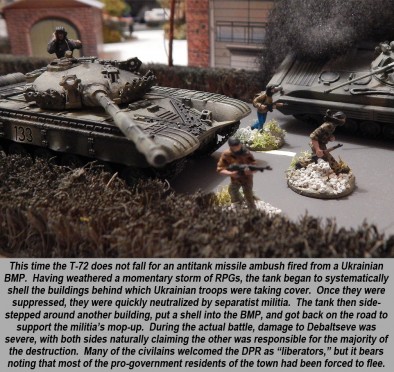
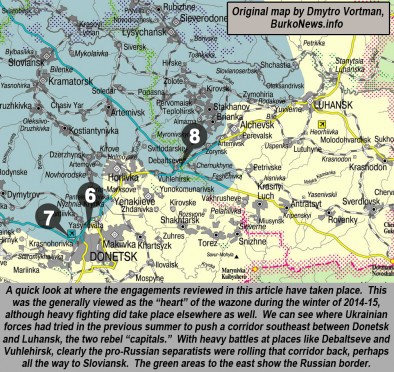
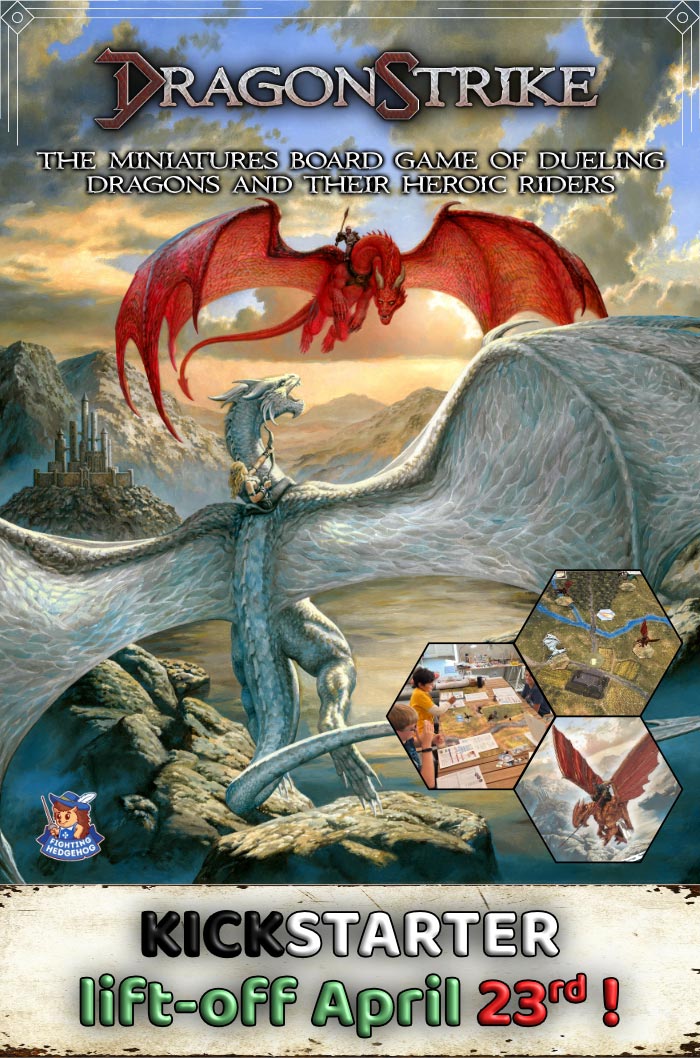


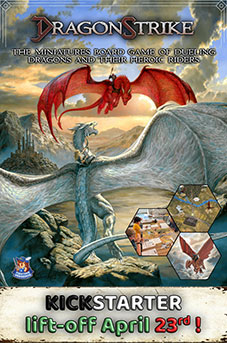

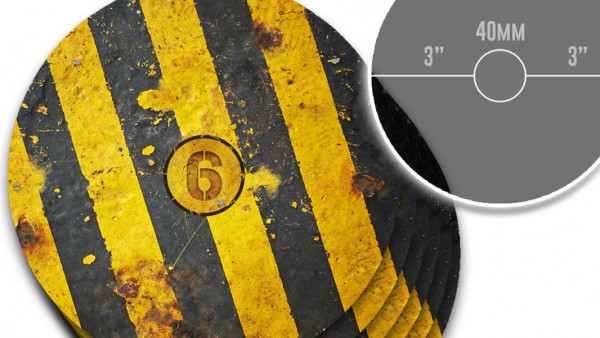














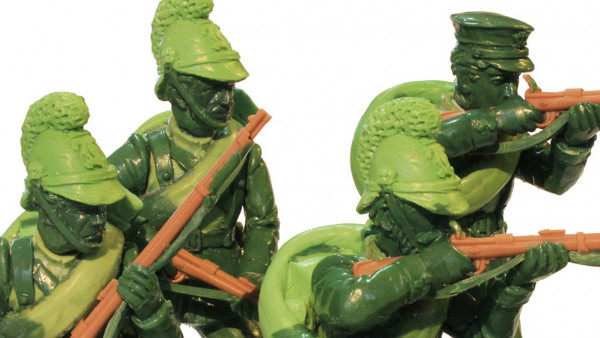



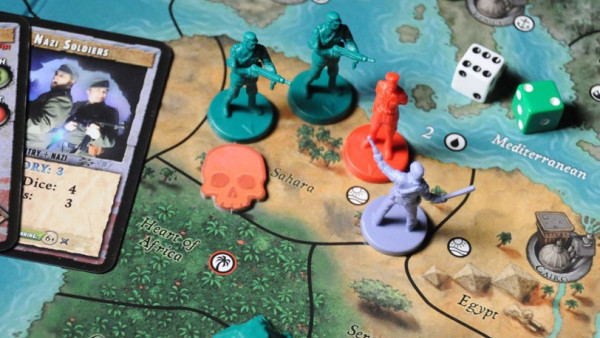

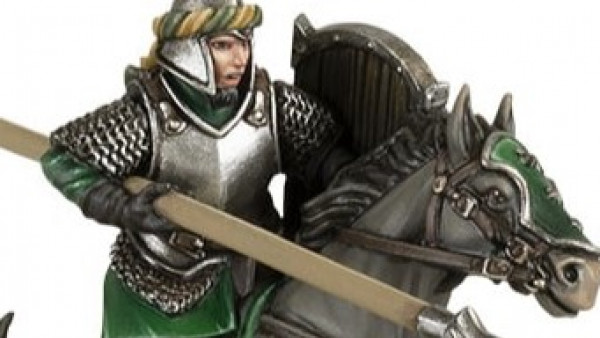





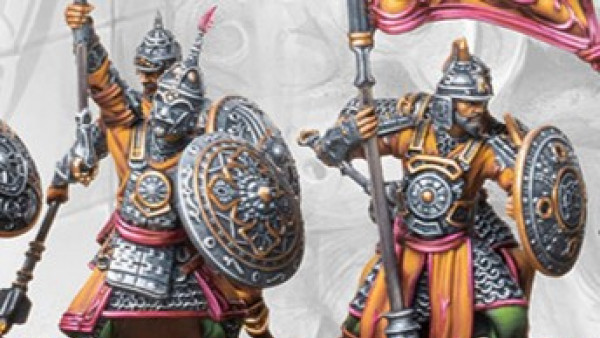



Loving this series of articles, as i have been saying week after week, it has been a real eye opener for me. Keep up the good work :), the effort and detail put in to each installment is really appreciated.
Thanks very much, @nakchak . One more to go after this one! 😀
Awwww :(, well bet your happy to get some game time back, but i will be sad to loose this weekly brightening of what are usually crap Mondays.
It’s always a toss up between whether I write four or five articles in a series. How much material is there, and how much can I put forward in a meaningful discussion, that kind of thing. “Four Level of Wargaming,” “Star Wars Pocket Models,” and “Desert War” were all five articles. WWDDC (Worldwide D-Day Challenge) probably should have been five, but we also had a 700-post forum and at least five other forum threads connected to it. With Ukraine we’re definitely sticking with four. With very recent (or even ongoing) conflict . . . so much is unknown. You can… Read more »
Great part 3 there @oriskany. So far I thick you have called the number of articles fairly on the mark. The information you have present has been tight, precise and to the point. It be a shame to see filler content just flesh the subject to an unnecessary 5 article just because we came up with some rule declaring all article series must have 5 articles. Militia armies seem total adding what they consider theirs to be added to some new map of the world. So politics and cease fire rulings have little impact. So the Cease Fire Tactics of… Read more »
Thanks, @jamesevans140 – Yeah, like we said in the article, we may have had some issues with our first attempt at using armor in cities, but this MAY be because we’re pushing “Force on Force” outside of what it was designed to do. The biggest “rules” seemed to be the minimum range on that AT-5. I have .pdf copy of FoF rules and searched the doc a dozen different ways to try to find a rule on this – they have it for mortars but not ATGWs? Of course, I still could have missed it. Then again, it was really… Read more »
Ah yes, the Ontos. Nothing like 6 106mm Recoilless Rifles firing simultaneously to convince someone to leave a residence. 🙂 I remember them vividly while reading “Phase Line Green”, a memoir of a Marine lieutenant serving in Hue, some years ago. Definitely a vehicle that 40k fans could get behind. From my modern wargaming experiences, I concur that while AFVs don’t excel in built up areas, they are still needed. I would usually use tanks almost like one would use Heavy machine gun nests in cities; keep them at the back of a main street where their main cannon can… Read more »
I will confess, unloading a Shilka into enemy-held buildings sounds like it would definitely “leave a mark.” Never done it in Force on Force (I don’t have the miniature and don’t have the stats for that vehicle) but I have done it in Arab-Israeli Wars (Yom Kippur War 1973). Damned thing is practically a light assault gun, assuming there are no Israeli tanks or aircraft in the area. I’m not 100% sure on this, and I’m sure it depends on different environments, but USUALLY tanks or other AFVs should be able to find a sweet spot in the range for… Read more »
No problems at all @oriskany. One of the hardest parts of finding something in a PDF word search is asking for the right word to be searched in the first place. 🙂 I have searched my PDF copy of Battlegroup for the rules for smoke. No luck yet I cannot believe that it does not have the rules for smoke, it so basic for WW2 armies. For buildings we draw up some very basic floor plans that only include structural internal walls but not partition walls for each floor. Only large buildings should have internal structural walls to divide a… Read more »
Thanks, @jamesevans140 – PDF Word searches – Oh, I tried it a bunch of different ways. To the game’s credit, I easily found the minimum range rules for on-board mortars, both light and medium. My suspicion on the ATGWs and AFVs in general is either (1) there are some supplements I don’t have or (2) FoF is designed primary as an infantry game. ABSOLUTELY nothing wrong with that (I kind of wish Bolt Action had “stayed” that way). Those quick-mix building rules sound pretty workable. in this series I usually had too many buildings on the table, though. I suppose… Read more »
Unfortunately @oriskany I believe that wargames rules are a bit on the rushed to the market place a bit too soon and have not been tested for robustness of situations. So many rules are not considered and are incorporated into the next version. Like the first version of FoW was good in most situations but clunky around the edges. The 3rd version is quite smooth in operation but the rule called across the Volga that aloud off board artillery was omitted. The early versions of 40K felt like the vehicles were a different system badly cobble on the rules. Bolt… Read more »
You’re probably right, @jamesevans140 , about games being released with initially rough rules and then smoothing out in later editions. Even my favorite – Panzer Leader family – is a terrible example of this. I always talk about h ow great the game is but can never actually recommend it, because the “out-of-the-box” rules are just horrific. Thankfully the game has been reworked in later editions (Arab-Israeli Wars is the best, mechanically) and even further by the community and fans. After the games went out of print the fans kept supporting it for decades much like Battlefleet Gothic. People are… Read more »
Another well-written account, @oriskany. I’m sure the debate about tanks in cities will rage on, and that the correct answer, must necessarily, be situational. Good solutions by @silverstars, and some of it is pretty much textbook. Think of a platoon as an awkward three-footed beast that must always have two on the ground, and one moving forward. It doesn’t matter how many men you attack with, if you don’t have enough soldiers laying down covering fire… and at least one of your squads should always try and work its way 90 degrees to the side of an attack, to get… Read more »
Thanks, @cpauls1 . Interesting points on the “loitering Strike Eagle” and “FCO with eyes on the problem.” Yes, when it doubt, and if you have a strike package on deck, drop that “snake and nape” in there first! 🙂 In this **particular** article series I avoided stuff like that only because, at least from what I could see, there didn’t seem to be that kind of tactical coordination on either side. Indirect fire weapons you see in most Ukrainian Conflict footage were mostly old D30 howitzers and of course the ubiquitous and dreaded BM-21 “Grad” multi-rocket truck. Almost every mini-documentary… Read more »
As always my friend, you treat the subject with clarity, with good clear lines of this delicate subject matter and well researched objectiveness. That leaves us wanting more. I for one will be talking to Warren about one of the awards in the new year being a special one for outstanding contribution by a BoW member to the site and without doubt in many peoples view point I think if it can become an award then I shall be nominating you sir, for going beyond what the average member contributes. Plus being un-fased by the subject matter, and taking a… Read more »
Wow, thanks, @chrisg . 😀 We have one more article to go, where we’ll be talking about some of the last engagements, the draw-down in violence, and some takeaways for gamers interested in modern or current-conflict games. As for the “slight knocks,” its all good. 🙂 We’ve been as delicate, sensitive, and objective as we can. Perhaps the dissenting opinions we’ve seen just show how much this subject “needs” to be talked out?
Thanks again. 😀
Spot on @chrsg. I am with you on this mate.
🙂
I remember the news pictures of Donetsk airport I think? it looked like a picture of the moon with the amount of craters over it. The battle sounds more like the paras in Holland trapped & surrounded by the Germans. Tanks in built-up areas have always been a weak point with battles with enemy troops at killing range or with a grenade taking out a track. @oriskany
Very true, @zorg – the Donetsk International Airport is an absolute ruin. Looking at the wreckage on new sites, I can’t imagine it ever being repaired, they’ll probably just bulldoze it and build it over. I was thinking of putting some photos of the airport in the article, but I can’t put in too many photos, I wanted to keep the images and text gaming-focused, and of course there is always the sensitivity issue. Ukrainian media was calling it a “Stalingrad” battle. Well, it was nowhere near the SIZE of Stalingrad, but in terms of duration and intensity . .… Read more »
I love the table! 🙂 Its looking more and more like a model train set every day! That scratch-built overpass came out great.
Thanks, @gladesrunner . All this terrain in scratch built, I guess I should say, with the exception of the pine trees (old Christmas decorations sprayed dark green to “un-winterize” them). I think my favorite bit (and easiest) are the small stalks from the cinnamon broom . . . break ’em off and stick them in the hedges, instant dead trees. 😀
I agree @gladesrunner and at the rate he is improving with each series it will not be long before his tables will look better than most train sets. 🙂
I might have to go out and buy some quick train tracks now. 🙂 Toys R’ Us, here I come. 😀 😀
As ever, brilliant. I will find out what you can’t do! Looking forward to the next part. Then what?
Things I can’t do? Plenty. I can’t code, so I can’t build my own website like BoW (standing by to hear about the 10,000 products that allow you to “build your own website in five easy steps!”) It doesn’t work that way, folks. There’s an industry out there for web developers and web designers . . . for a reason. 🙂 Trust me, I’ve worked as the latter, but NOT the former. Huge difference. And apparently I can’t paint infantry very well. I can get the uniforms and equipment okay, but when I try to do the faces / hands… Read more »
that easy do faces the same colours as the uniforms and just say its camouflage. @oriskany ?
That’s actually a great idea, @zorg . “They’re all special forces snipers man! Honest!” 😀
“No, that’s not a featureless, detail-less blob of ruined plastic. That’s his ghillie suit!”
LOL
With my shaky hands camouflage is real easy. It trying to paint a normal uniform is the killer. 😀
@jamesevans140 makes a good point. In games where we don’t have the luxury of removing the roof and gaming inside, I will make a separate floor plan, and orient it in the same fashion at the side of the gaming table. “Interior” action happens there, and it keeps people honest: “Yes, I can see that tank! The building has windows, and I’m in the building!” Um… not so much.
I’m actually going to have to try that one of these days, @cpauls1 and @jamesevans140 . The Ukraine games are complete for these articles, but for the next project . . . hmm . . . 🙂
I presume that would be a lot of work, but once the “floor plans” are worked up and saved in a file somewhere, I’m guessing the workload would taper off rather quickly. Great ideas!
I just trace the building on paper, @oriskany . I tell everyone that, no matter where they go in my gaming world, they only get one diorama per gaming session. “Don’t like my paper floor plan? Suck it up, buttercup!”
“Build a bridge . . . and get OVER it.” 😀 “Don’t like my terrain? YOU run the next session.” 😀
All you need to do is create a file that has boxes you can resize, rotate and add or delete boxes. Really it is nothing more than that. The table as you have setup here can be mapped out in under 10 minutes and hit the print button.
One thing we have notice is that by basic mapping of your buildings it makes you focus more on the layout of your table, specially when sewers are also pre-mapped.
Sounds nuts, but Excel is probably a better tool for that than Photoshop. Not only is it easier, faster, and lighter on memory for “low-hanging fruit” like this, but the thickness of your lines will always be the same no matter how you resize or reshape the box. They’re also very easy to rotate in the newer editions. Even doors and windows can be blocked out with white shapes that float over the squares to make easy gaps in the exterior wall lines. successive tabs can be stored in a workbook to store different templates like house, office, warehouse, etc.
@oriskany I am a firm believer that the application you know best is the best application to use. Excel is light on resources and for graphic use you have been using it for years. Just don’t get carried away with the details. When you adding floor tiles and carpets you know you have gone a step too far. 🙂
Absolutely. For exteriors, just about everything on those tables you see above (and the franky . . . badass Orthodox church you may have seen on @unclejimmy‘s thread) gets created, skinned, and printed out of Photoshop. That’s for EXTERIORS.
I would never do exteriors in Excel.
I would never so interiors in Photoshop or Illustrator. 😀
The right tool for the right job, as they say. 😀
It was the solid resin buildings that pushed us down this path. Although the detail in buildings that have interiors is catching up to resin still the best buildings with someone lives here details are solid resin. Our system has over time been simplified. Initially we designed the buildings with details of every room. This slowed the game down and considering that partition walls are made of light materials they offer little protection and troops can easily made their own doors (openings) quite quickly. Given this we dropped partition walls entirely. We focus on the structural walls that give protection… Read more »
Great post, @jamesevans140 – “Although the detail in buildings that have interiors is catching up to resin still the best buildings with someone lives here details are solid resin” ** KA-CHING! I’m sure the tables look awesome, but that’s just way too rich for my blood. “troops can easily made their own doors (openings) quite quickly.” ** Frag OUT! “We focus on the structural walls that give protection and are hard to make openings.” ** Reminds me of Morpheus’ line in the first Matrix movie. “Tank, I need the structural blueprints of this building. I need it fast. Find… Read more »
KA-CHING!!! is right @oriskany a bridge or larger building expect to pay over $100 and they same to be made to explode if you drop them.
I remember one guy I played against would have to park his Tigers in every building he came across. The rule we used did not take going into buildings with tanks into consideration. We tried to tell him that Tiger transmissions were not up to his kind of abuse. But BECAUSE it was not in the rules he carried on anyway.
Also tanks seem to have issues basements. 🙂
That is true about the basements, I suppose. Living here in Florida we don’t have basements, our water table is basically 4 feet under the surface. When a tank crashes into a building, it’s gonna collapse into the foundation, isn’t it?
Yeah, I was having trouble painting a *resin* Sturmovik from my FAVORITE miniatures company (ahem, cough, sputter . . . **battlefront** . . . cough . . . growl) and sure enough was having trouble with it. Set it down in the table rather harshly, and it shattered like glass. Kinda cool, actually. 😀
Yeah @oriskany we have few basements here in AU. Either high water table usually coastal or basalt bedrock that laughs at explosives. So the concept of basements are foreign to me as well. FoW lists it as a consideration before you think it is cool to place your pet Tiger in that NE European house. Actually if memory serves, a couple of years ago or less a complete Panther was recovered in what was a basement in Belgium. A Panther moved into the house in 44/45 I assume for cover and it fell into a deep basement. No one at… Read more »
Can you imagine in the homeowners had sub-rented out their live-in basement for extra income.
“Damn it, you people gotta be quiet up there! What, are you driving a TANK across your living room?!?”
CRASH
“Oh. I guess you are.” 🙂
The more I look at it the more I am sure the shot of the T72 being “sniped” by infantry from the overpass is one of the coolest shots this article series. I also like how you describe the difference between what usually works/doesn’t work in the real world and what works/doesn’t work in a game…i.e. tanks don’t do well in cities but here they do. Last, I admit I am woefully out of it when it comes to current events. So even though I don’t do much mini’s gaming, I find I am enjoying this series as it gives… Read more »
@gladesrunner you have hit the nail on the head about the power of wargaming. When used at their best wargames give up a much better understanding of the situation. Then when you run wargames in why did the commander do this rather than that mode you start to get inside the commanders head as you better understand the reasons behind his choices and actions. Wargaming this way allows you to identify and better understand any mistakes that he made. As an analytical tool the wargame is extremely powerful. So much so over the last 10 years or so the corporate… Read more »
Thanks, @gladesrunner . I was hoping to get the “3-D” effect of the table. In a real situation, though, the crew of this T-72 must be very depressed without much to live for. 😐 This is a nigh-suicidal move, as the ROOF of a tank is almost always it’s very thinnest spot. Front is the strongest, followed by the sides, followed by the rear, followed by the underside. The belly actually has pretty tough armor on most tanks to counter road hazards, antitank traps, and mines. But the roof is terribly thin. These guys are just begging for an RPG… Read more »
Managed to get caught up with this while waiting for the kid in the A&E (nothing much wrong with her we hope) – as always well written and well researched
Thanks very much, @rasmus. “A&E?” Accident and Emergency? Shit, I hope everything is okay! 😐
Yes, the UK version – just a minor leg thing, but a bit of a wait for X rays and specialist. ..
Outstanding review given the circumstances @rasmus. I hope all turns out well. Lost many a night like this to my own Kids.
So far an evening and half a workday – free coffee and free WiFi. …
I hope everything has turned out okay, @rasmus . 🙂
Sure did lucky enough but all in all it did take around 10 hours I did not have to spare – I won’t derail this anymore with it
Not at all, sir. Glad to hear the good news. (Lord knows we’ve needed some this week) 🙁